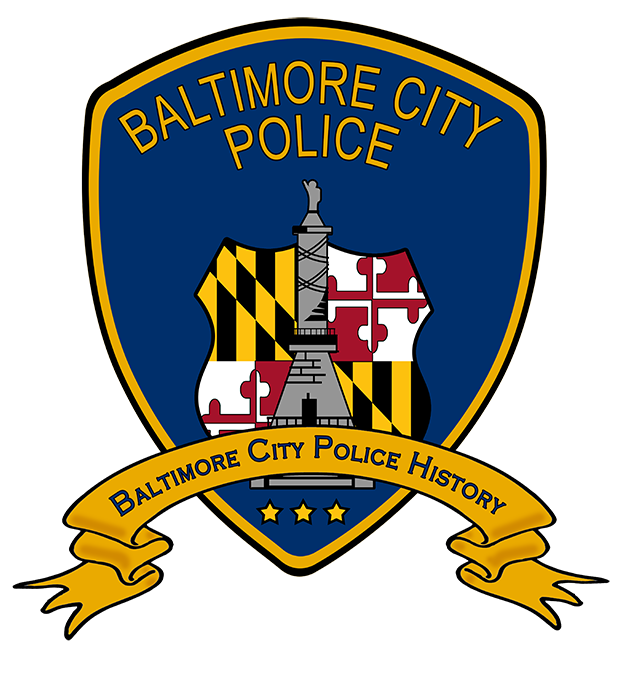Pawnshop Unit

21 July 1909
To Keep Tabs on Pawnshops
Col. Swann Once Law Regarding Daily Reports of Deals
To help the police keep tabs on secondhand dealers and pawnbrokers who by stolen goods, Col. Sherlock Swann, President of the Board of Police Commissioners, will have introduced into the next Legislature a bill compelling Three-Ball Experts to make daily reports to the police Headquarters their purchases of valuables. Laws like this are in existence in nearly every other city.
“It is very important,” said Col. Swann yesterday, “that we have such a law in Baltimore. I do not say this simply because other cities have it, but only because it is necessary to keep tabs on stolen articles.
"I hope that when the bill is introduced at the coming Legislature it will pass, for it will be of great help to our department. Such a law affords the police the opportunity to recover the stolen property if the thieves are not caught. “Marshall Farnan warmly approved of the idea. "It's a necessity," said the Marshal. "To do good work we have to be able to date, and we should, by all means, have a system of knowing what jewelry is bought by secondhand dealers and pawnbrokers."
![]()
Please contact Det. Ret. Kenny Driscoll if you have any pictures of you or your family members and wish them remembered here on this tribute site to Honor the Historic and Heroic... the men and women of the Baltimore Police Department who have served with Honor and Distinction at the Baltimore Police Department.
Anyone with information, photographs, memorabilia, or other "Baltimore City Police" items can contact Ret. Det. Kenny Driscoll at




